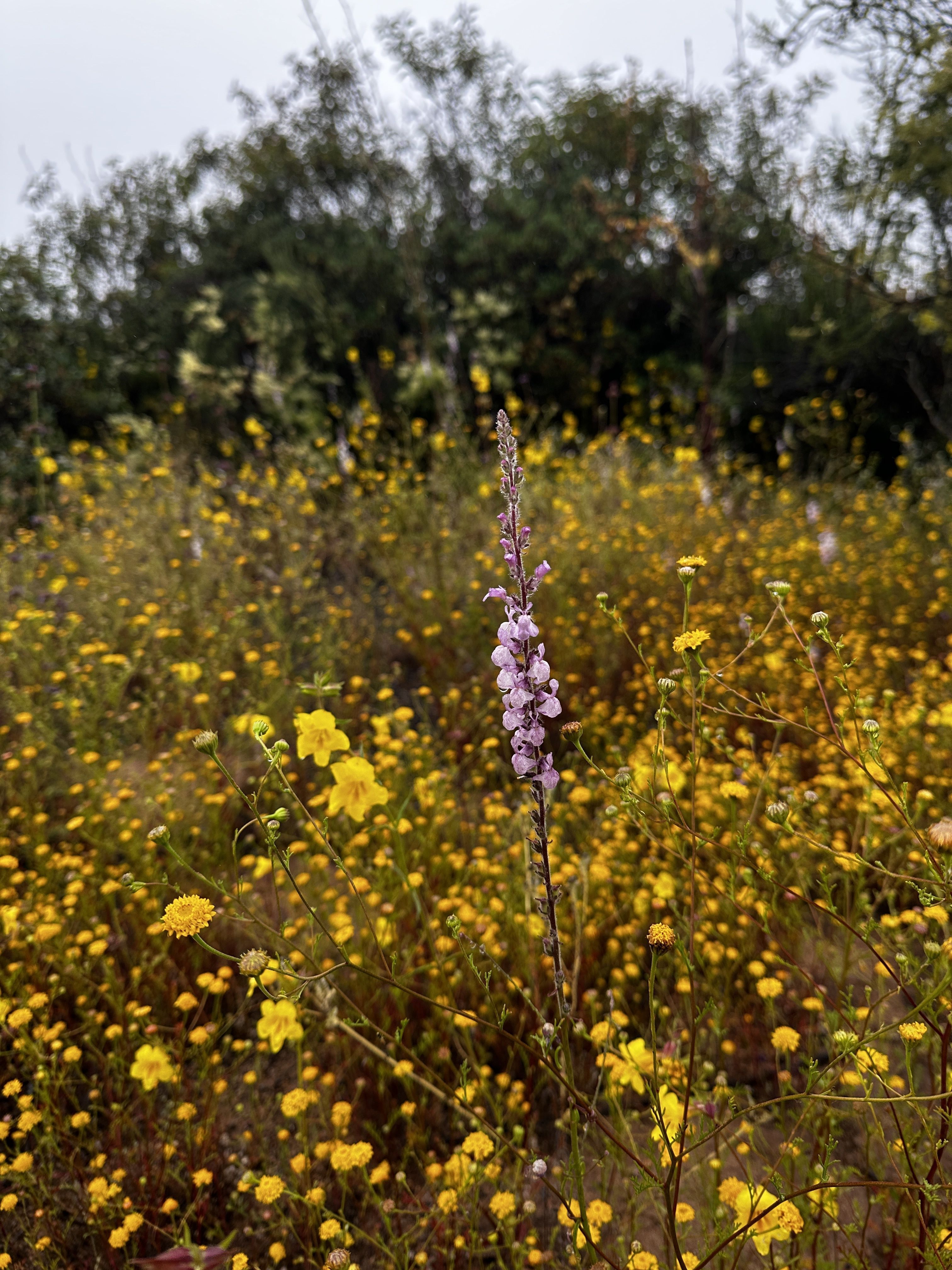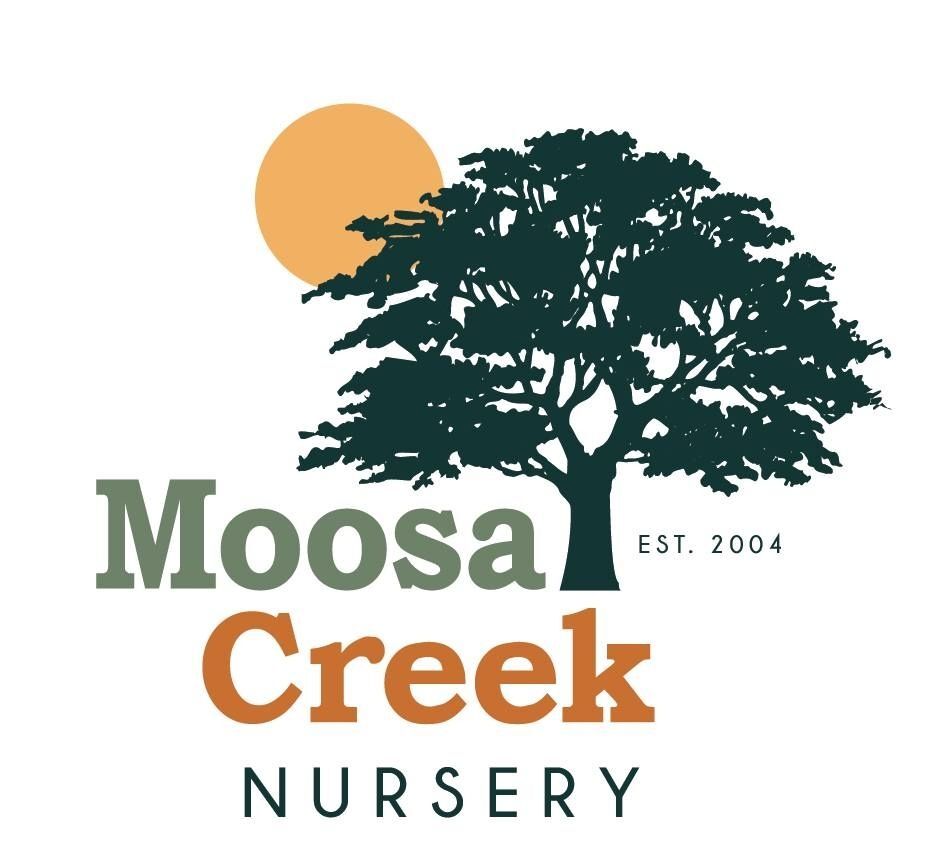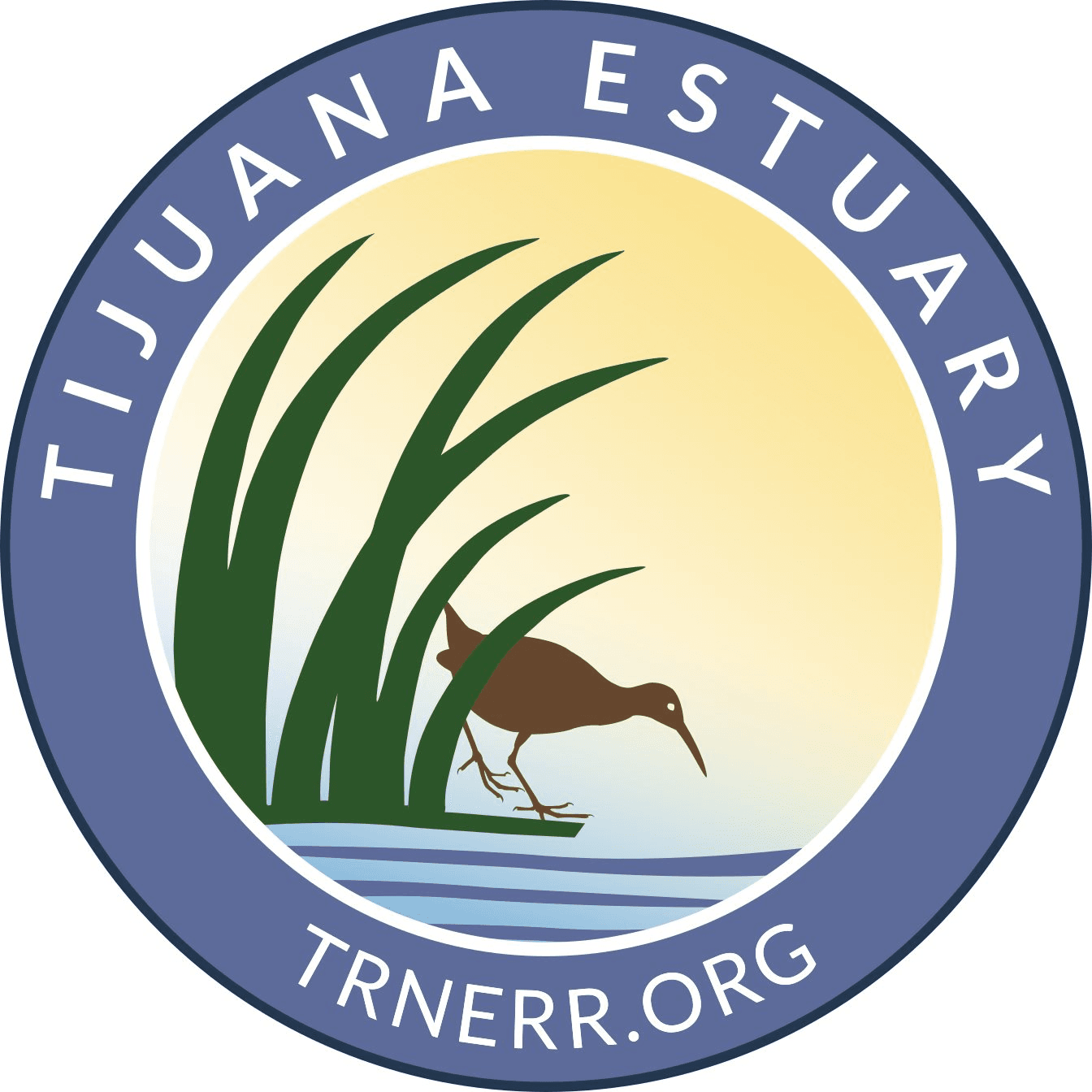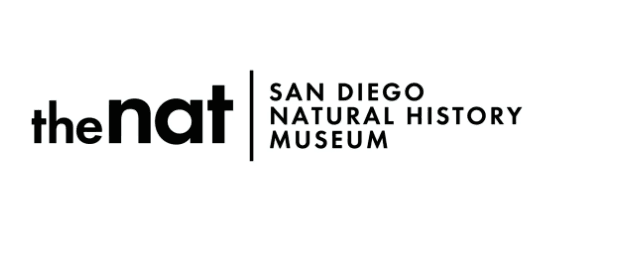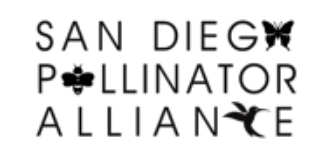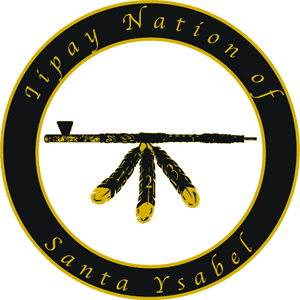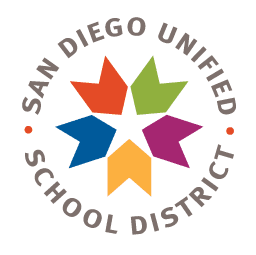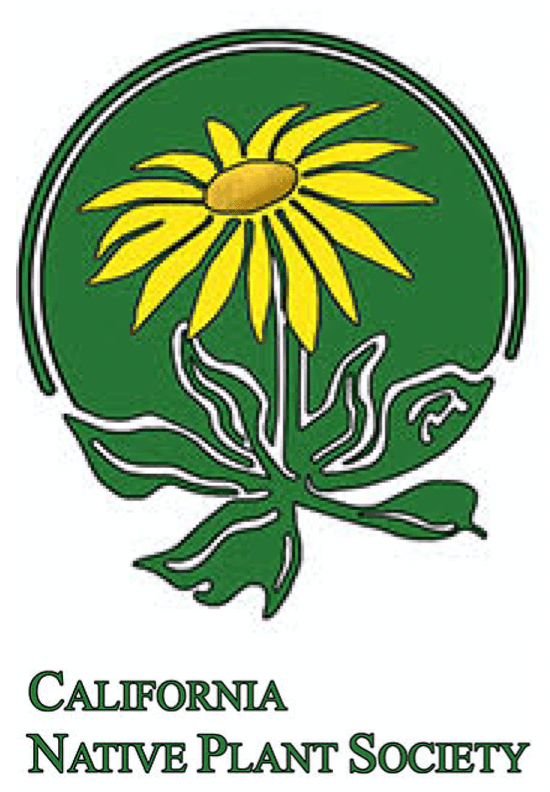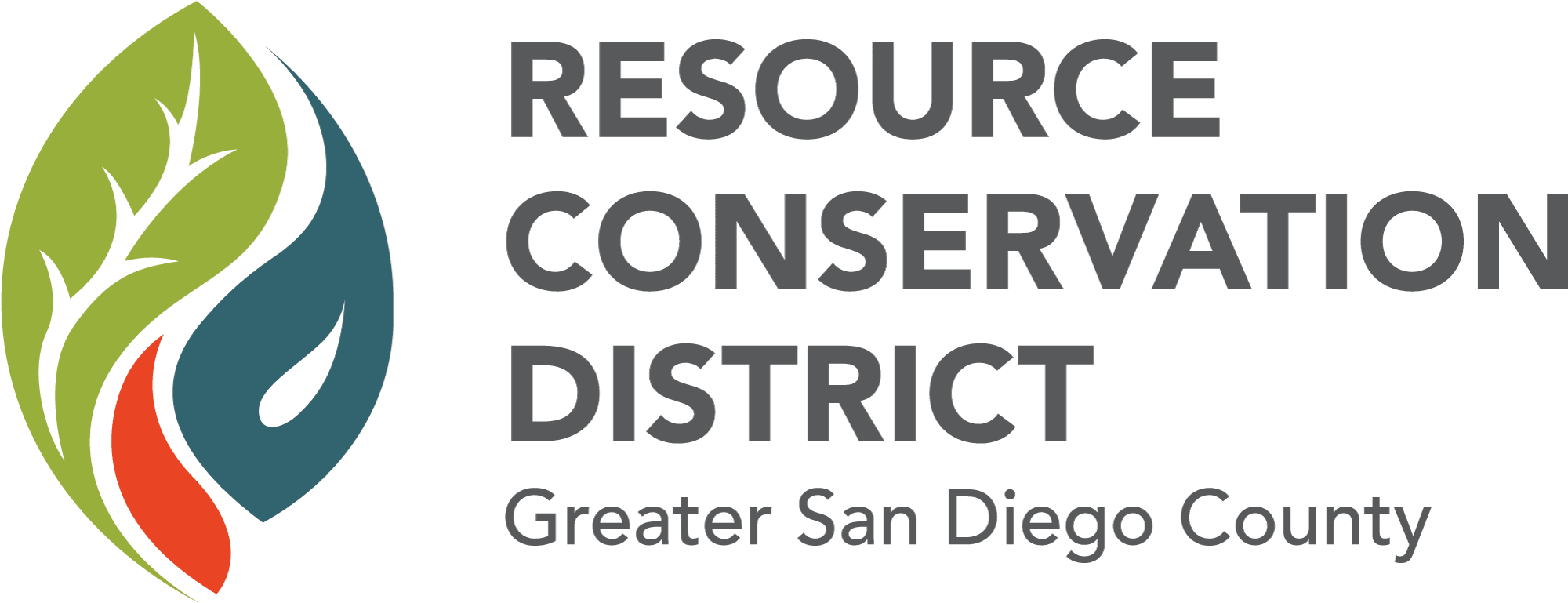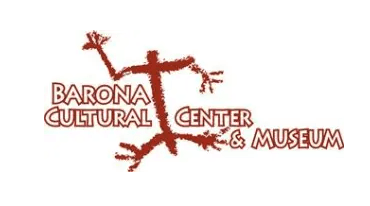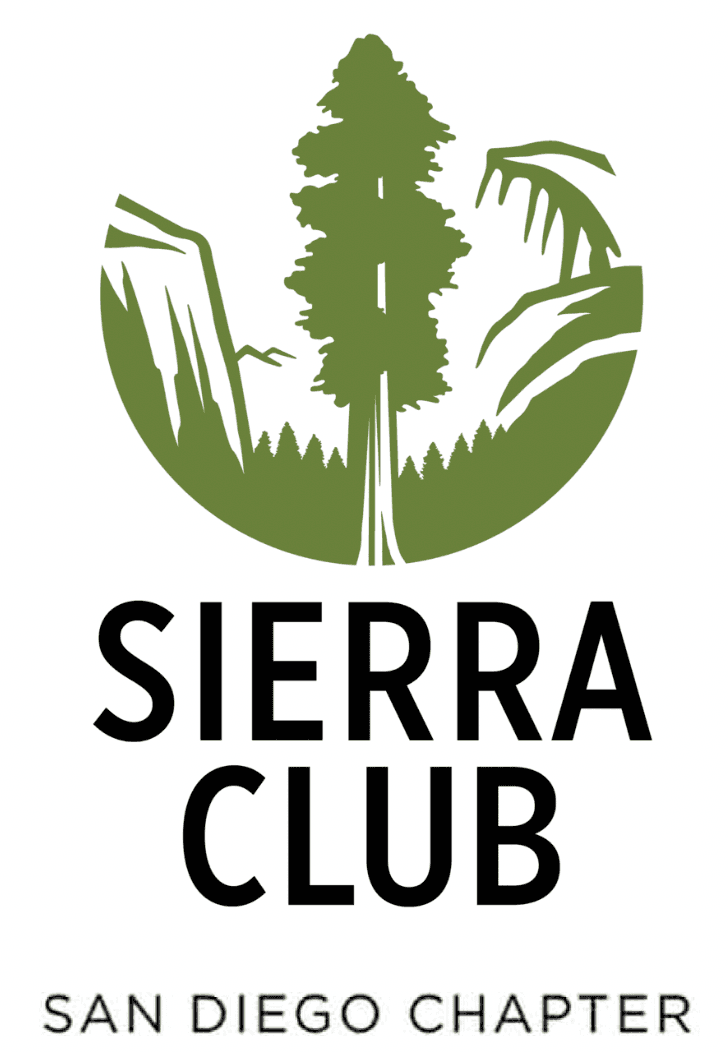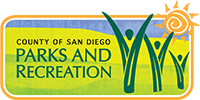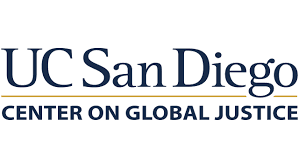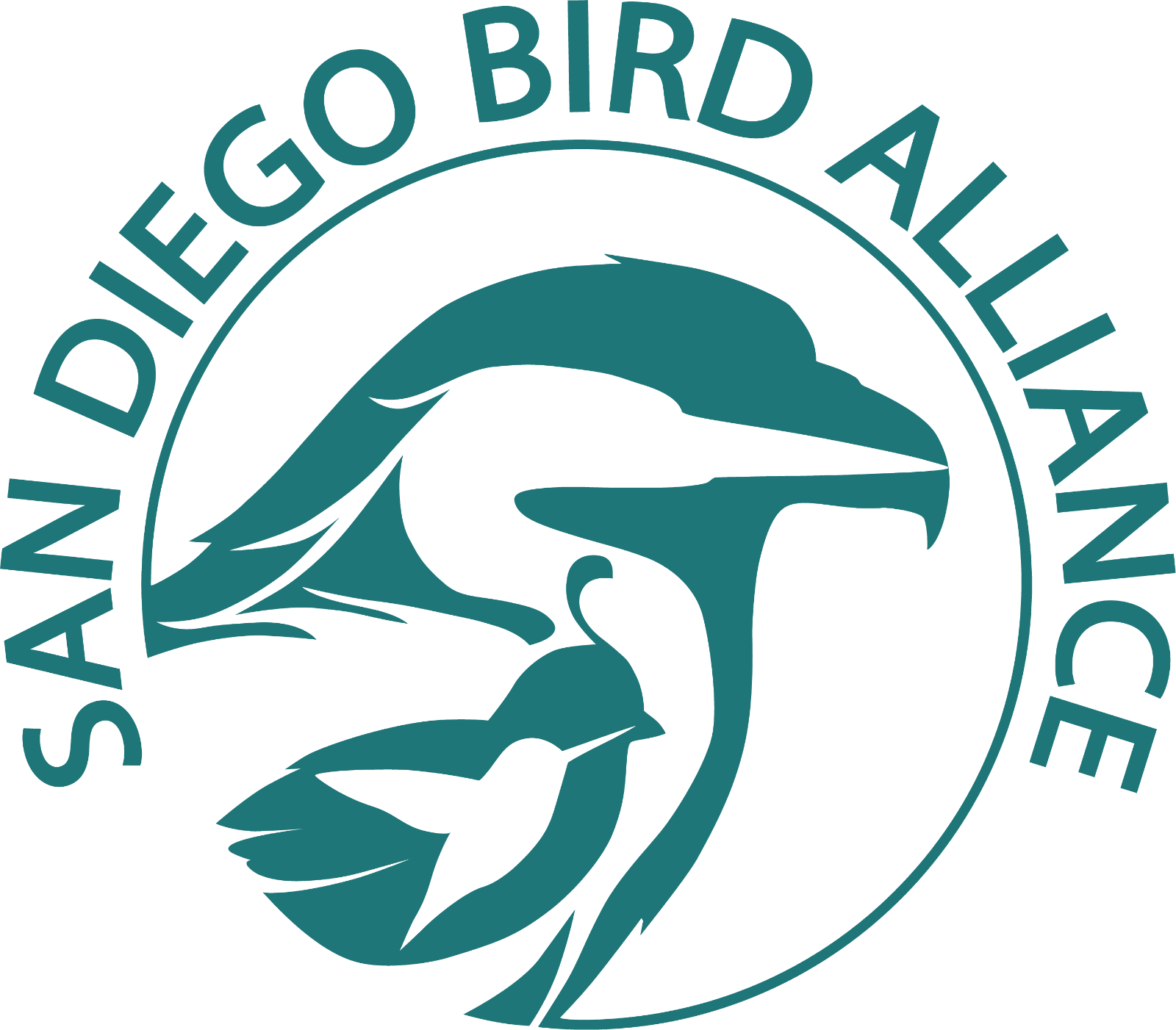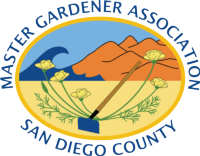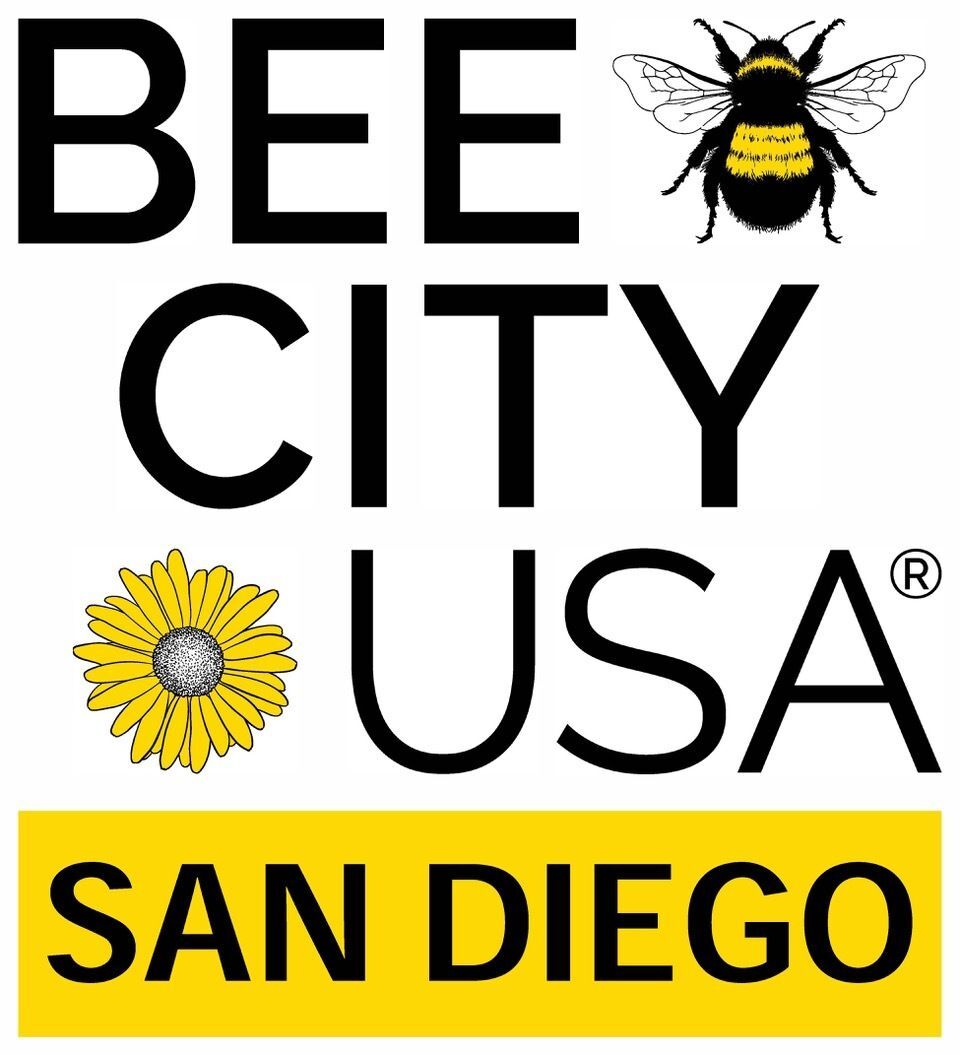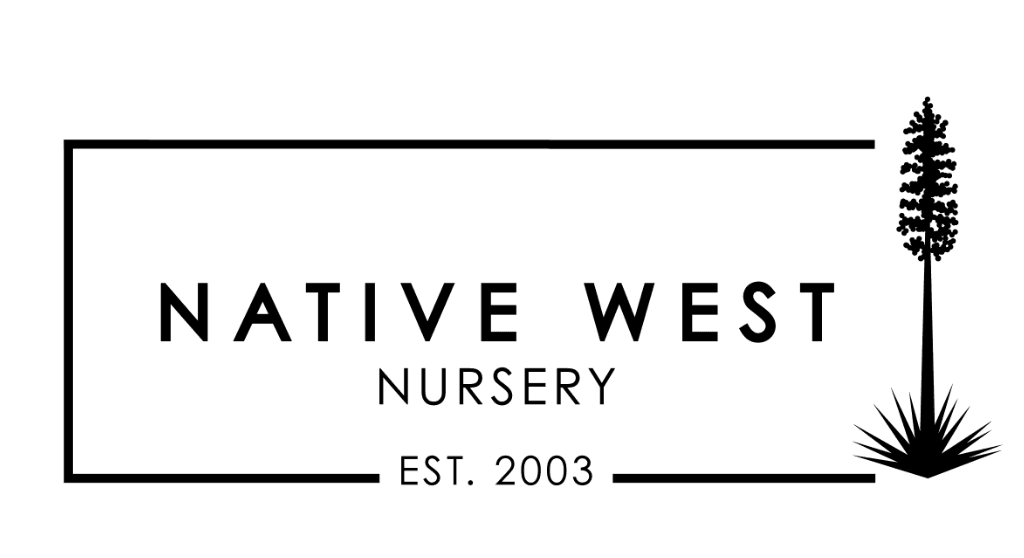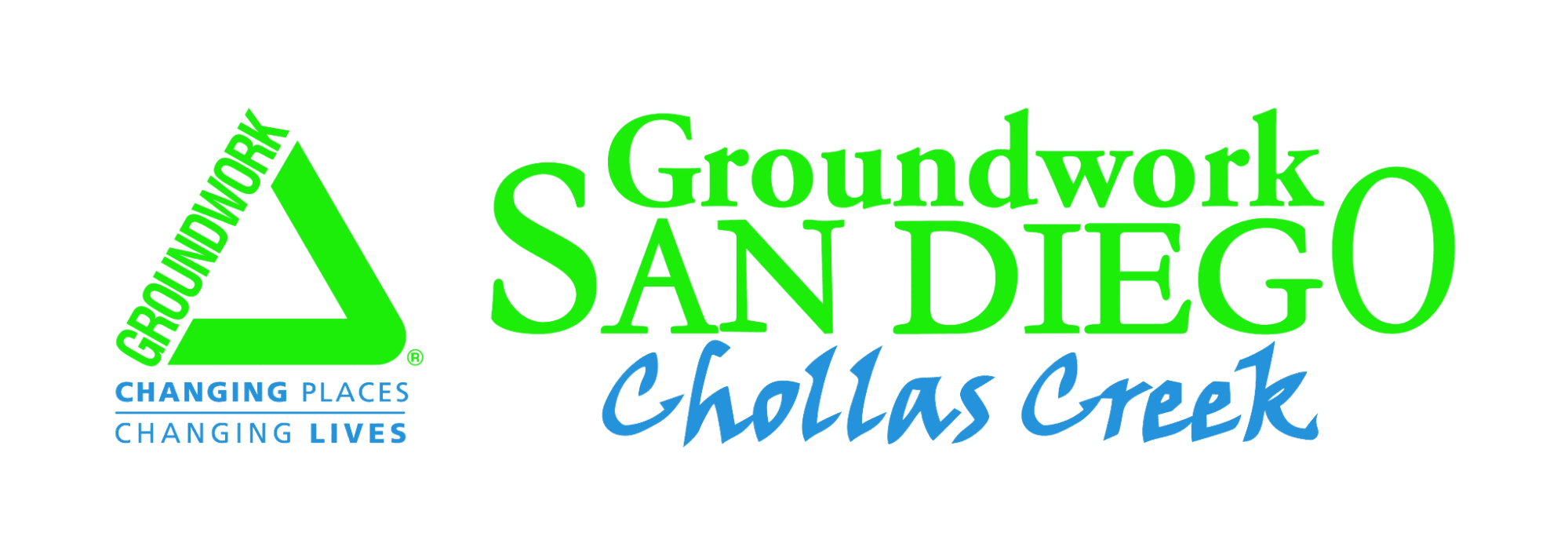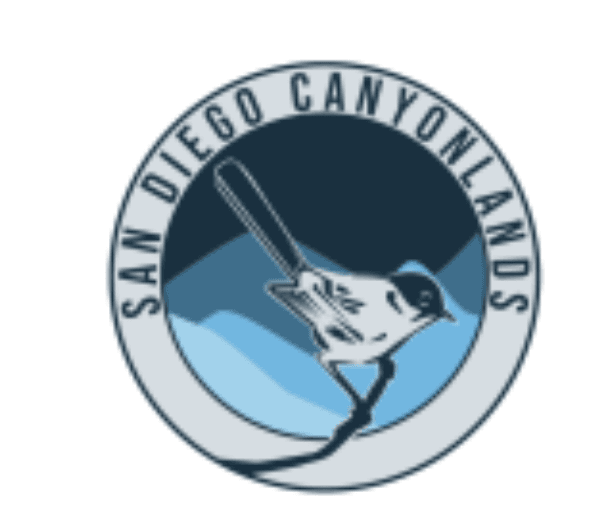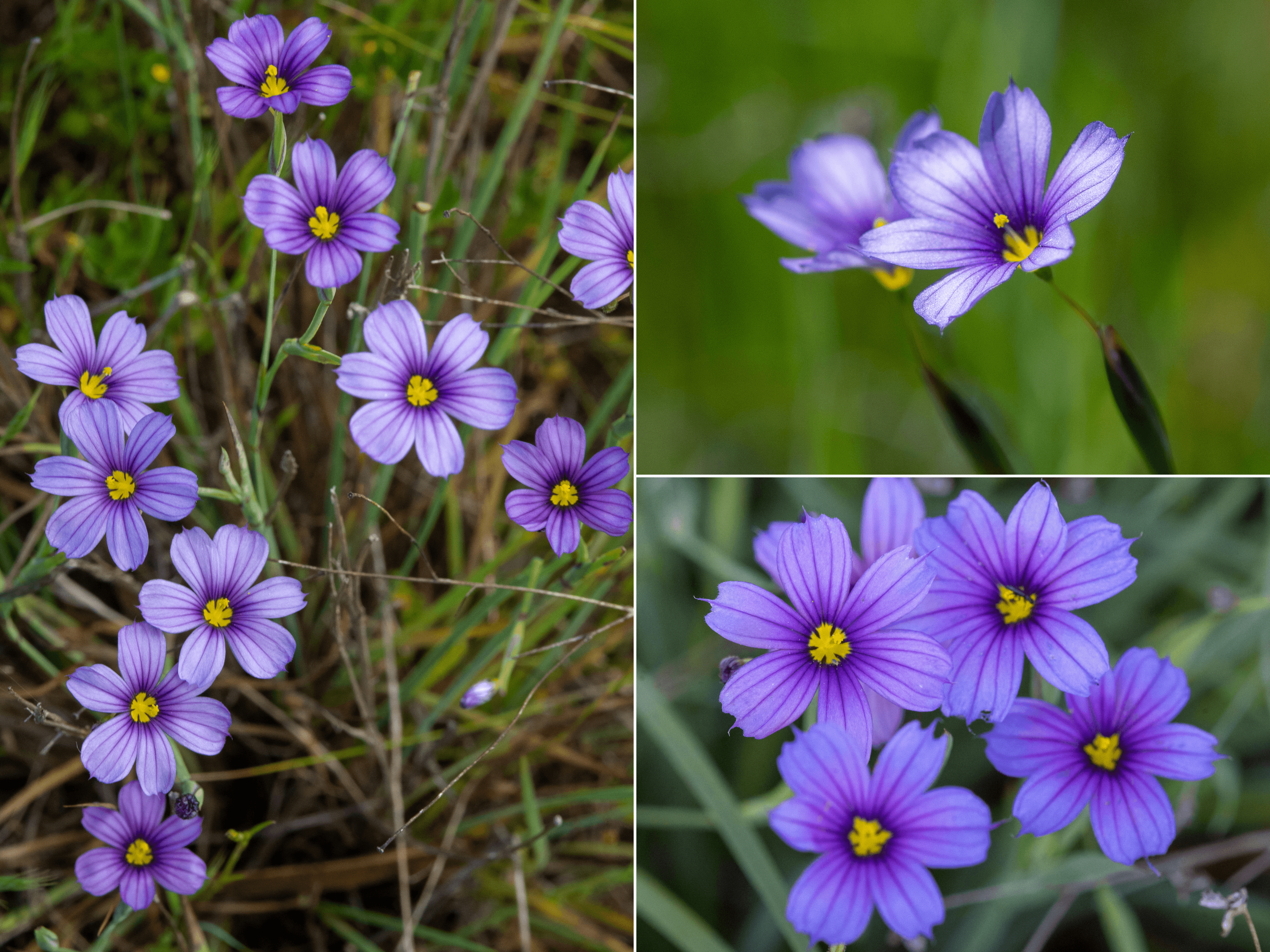
On Earth Day, April 22nd 2025, we brought Blue-Eyed Grass to City Hall, where the San Diego City Council unanimously passed a resolution replacing the non-native carnation with the people’s choice. Now, we want to see commitment from the city to plant more natives! Ask your public representatives & park rangers to plant more Blue-eyed Grass, and other incredible flowers from the bracket of worthy contenders that support pollinators, improve habitat and have cultural significance. Meet the Contenders
Take Action–Tell Your Rep to Plant More Native Plants!
Find Your Park & Representative Map (see below)
Thanks to the Society for Conservation GIS, San Diego, for their great work creating this webmap!
Feel free to reach out to learn more about how you can make your city flower a native one at sstallings@sandiegobirdalliance.org.
What are Native Plants?
Native plants are those that have evolved to live in a particular ecosystem, promoting biodiversity and providing food and habitat for local pollinators and wildlife. Native plants typically require less water, pesticides, and fertilizer since they have evolved to the Mediterranean climate here in Southern California.
How do they support birds?
Birds rely on plants that have co-evolved to support them, providing shelter, seeds, nectar, fruit, and insect food for local species. By promoting a native City Flower, we’ll have increased native habitats, which means more choices of food and shelter for birds and other pollinators such as bees and butterflies. Additionally, planting natives can help birds adapt and survive as climate change threatens our local habitats.
There are lots of ways to support native habitat: check out our Native Seed Library program, join us at a restoration event, or get inspired at one of our two preserves. To learn more and explore native plants suited to your area, check out Calscape for customized knowledge, or go to a local Native Plant Nursery.
Blue-Eyed Grass
After two months and over 7,750 votes, Blue-eyed Grass (Sisyrinchium bellum, pasto des ojitos azules, kuushaaw) - one of only two Irises native to San Diego - won the popular vote, and is what the community presented to the City to be adopted as our new, native official flower!
It's shown its hardy defense by being drought-tolerant, fire-resistant, flourishing in full to partial shade, and readily reseeding itself. You can find it throughout San Diego right now in meadows, wet grassy areas in chaparral and coastal sage scrub, streamsides and along the edges of freshwater wetlands. The roots can be used as a purgative, and Delfina Cuero noted it was good for cramps.
Want to change your city flower? Here’s what we did in our Your City, Your Flower Campaign:
City Flower Selection Timeline
February: Select candidate flowers
We formed a stakeholder working group to determine criteria and nomination of potential flowers. The team of stakeholders consisted of indigenous partners, biologists, community group members, and staff from environmental organizations, educational institutions, and businesses.
Flower Selection Criteria: There are over 2,000 species of plants in San Diego County! To narrow the selection, and choose eight flowers for the public vote, our stakeholder team put forward the following criteria. This allowed us to be decisive and narrow the field of contenders.
- Environmental Benefits - Provides definitive support to native birds, bees and other wildlife
- Cultural Significance - Kumeyaay ethnobotanical value, and has 'Iipay and/or Tipay names*
- Accessibility - Drought resistant, easy for community members to find and grow at home
- Native - Found in multiple plant communities and native to the county of San Diego
- Not Endangered/threatened/rare - Prevents the risk of poaching
- Artistic Representation - Able to be artistically or graphically represented
March: Public Votes in Your City, Your Flower
We asked the public to vote to select a final species who best represents the City of San Diego’s unique habitats, rich cultural history and amazing biodiversity. This was done over three rounds of bracket madness to find a winner. The first round of voting began March 17th and concluded the week before we took our item to City Hall. Throughout the process, we shared the candidates through our newsletter list and social media, and also got our outreach into public libraries all across the city, and shared through the City’s social media and newsletters. 7,750 votes were cast throughout the process, proving people love native plants!

April: Take our New Flower to City Council
We shared this advocacy project with Councilmembers through the City’s Rules Committee as both an info and action item, and in April, on Earth Day, we pushed to have the City Council officially adopt the publicly chosen native species as the new Official City Flower. Fortunately, the Blue-Eyed Grass was unanimously approved on April 22nd, 2025.
*San Diego County has over 2,000 native plants, but the 'Iipay Aa Kumeyaay language names for many of those species are no longer known as the effects of Western colonization resulted in the loss of language. Kumeyaay people are still researching, recovering and recording that knowledge and building back their language and connections to the land. Visit the Barona Cultural Center and Museum or any of the other Kumeyaay cultural centers if you want to learn more and get involved.
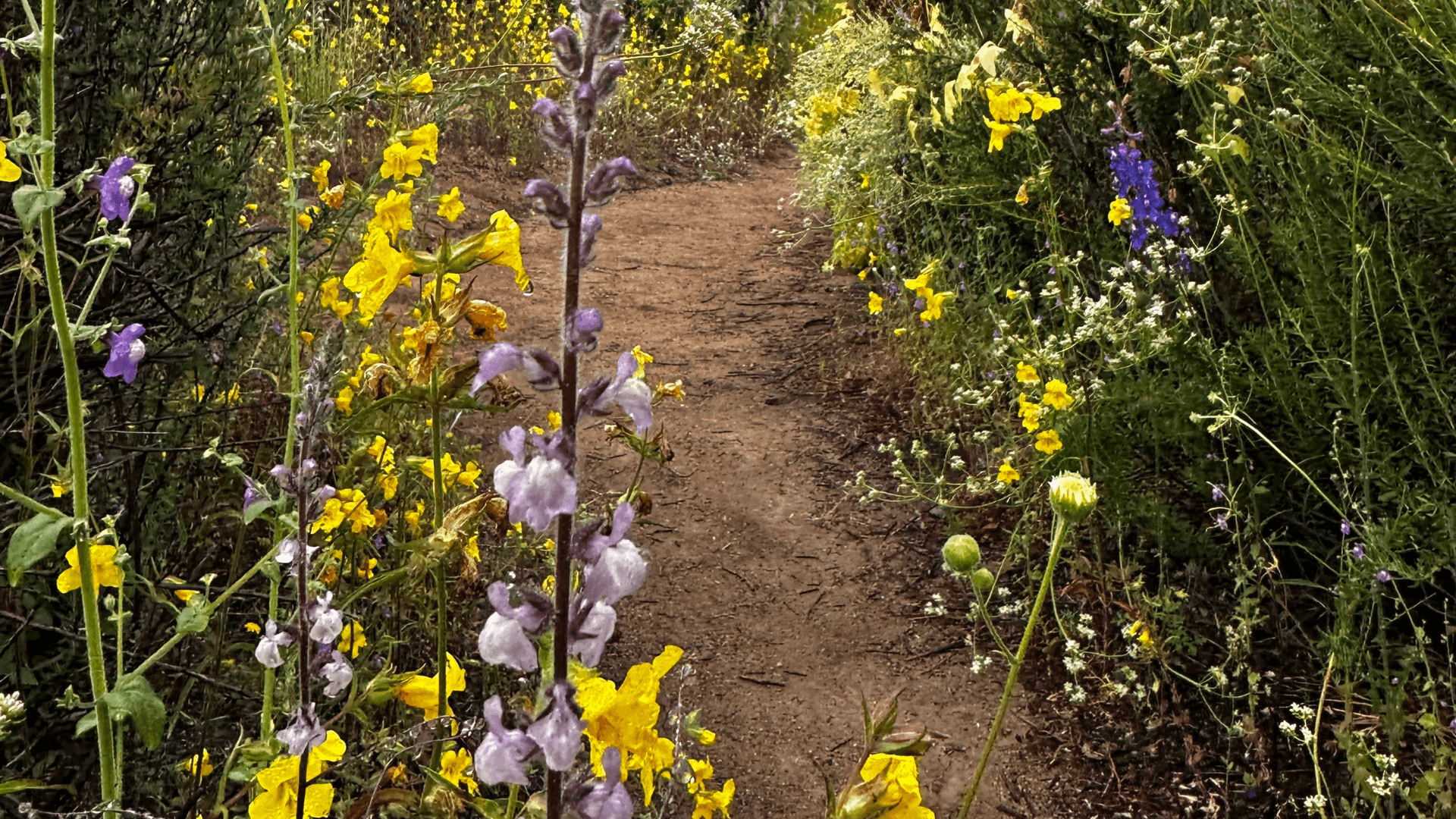
Our Mission
Promoting San Diego’s Native Biodiversity Through Legislative Action
Amending San Diego’s official city flower from a non-native carnation to a native flowering species supports local ecosystems and safeguards our biodiversity. By advocating for the adoption of a native flower, we aim to enhance the natural environment and promote preservation of the indigenous flora and fauna of San Diego. And we’ve got plenty of options: San Diego County is the most biodiverse county in the nation and the City of San Diego has the second largest urban park system in the nation. The City of San Diego has promoted native habitat through its designation as a Bee City, the Mayor’s Monarch pledge, and work plan goals that create biodiversity policies to protect native species–now it's time to turn on the flower power!
Interested in doing more?
There are lots of ways to support native habitat: check out our Native Seed Library program, join us at a restoration event, or get inspired at one of our two preserves. To learn more and explore native plants suited to your area, check out Calscape for customized knowledge, or go to a local Native Plant Nursery. Finally, this campaign was started by a group of Earth Advocates, during our annual advocacy training program.

